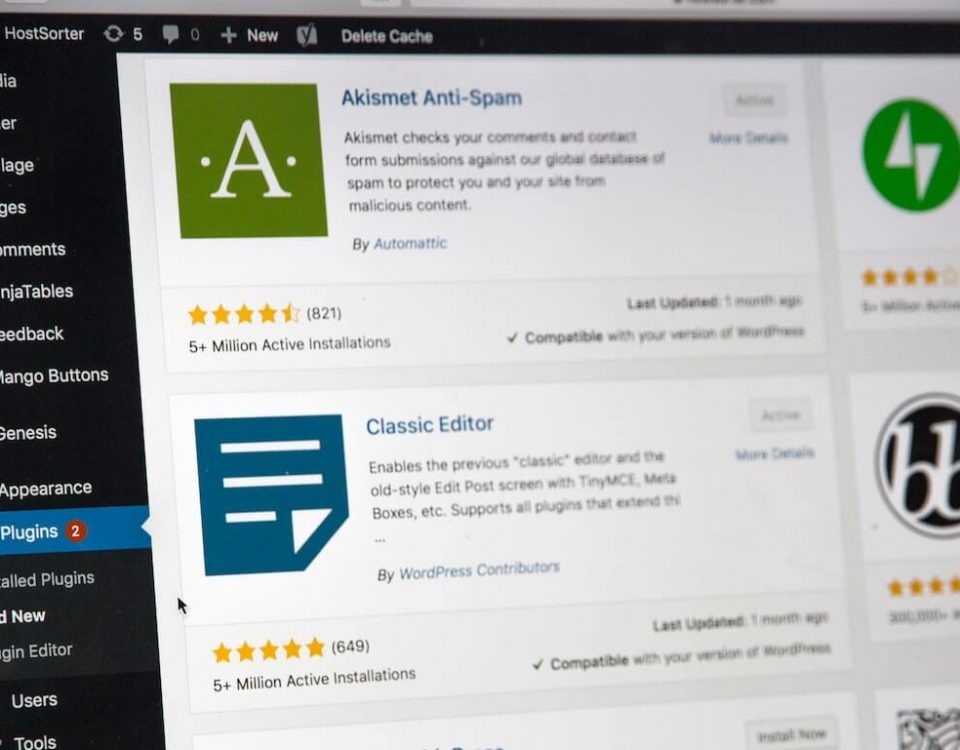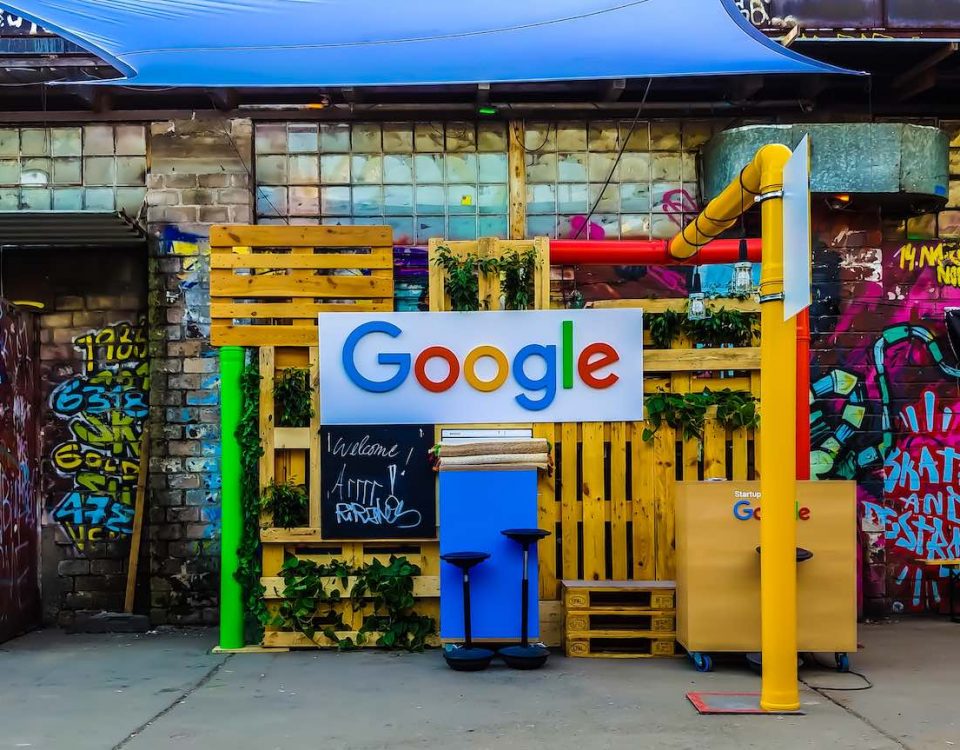What is the Buyer’s Journey?

Top 5 Perfect Website WordPress Themes
August 12, 2016
Rank Number 1 in Google – 3 Steps and Resources You Can Do Today
August 26, 2016Create the right content, for the right person, at the right time.
What is the Buyer’s Journey?
The customer buying process or “buyer’s journey” is a four step process. The first three steps take place prior to actually purchasing. The fourth step is the post-purchase phase. The buyer’s journey aligns with the psychology and needs of the buyer at every step prior to and after the purchase. This buyer’s process represents the phases of research a consumer goes through before making a purchase decision. While the framework of the Buyer’s Journey never changes, the content that the buyer needs to help them progress through each phase can vary from industry to industry.
While the Buyer’s Journey is the foundation of every marketing endeavor, it is especially important when preparing your inbound or online marketing strategy.
The Four Phases of the Buyer’s Journey
1. Awareness Stage
The buyer has a symptom or a need and may not know what is needed to resolve or satisfy it. Their research consists of using search terms that describe their symptoms, the pain and the state of relief they are wanting.
2. Consideration Stage
The buyer has become aware of the problem and is now looking for information, products or services to help resolve the symptom or the need. Their research consists of search terms that include the name of the solution, jargon words, as well as words that describe resolve to their pain or need.
3. Decision Stage
The buyer is searching for the provider or resource for the solution to their need or symptom. They are using search terms that include brand names and product keywords.
4. Delight Stage
The buyer is looking on your website for answers to their questions about use, implementation and obtaining maximum results. They are looking for a customer forum or FAQ to help them get the best results possible. They may be searching the Internet for content related to other users or purchases of the same product or solution.
What is Inbound Marketing?
Inbound marketing is primarily a content driven marketing strategy that utilizes various online marketing mechanisms like Pay Per Click (PPC), Social Media (SM), Social Media Marketing, Google Adwords, Facebook PPC and Ads, videos, Content Marketing, Blogging, Content Offers, Email Marketing and Nurturing and strong, compelling Offers and Calls-to-Action to provide awareness of your brand, product, service or solution. A sound inbound marketing strategy provides content and offers that speak to the prospect at every stage of the buyer’s journey.
Once the prospect clicks a call to action and provides at a minimum, their email address, the buyer is then automatically added to an email nurturing sequence that helps move them through the marketing funnel.
Why is the Buyer’s Journey important?
Over the past few years, we have learned that understanding the buyer’s journey (for every single buyer persona to whom you sell or want to attract as a customer) is the backbone to a successful marketing strategy. To create a successful inbound marketing campaign, you must understand the very nuances of the Buyer Persona you are targeting. More than 93% of purchase decisions occur after the prospect has completed online research and before ever reaching out to the vendor.
The online research occurs when the prospect is in the Awareness and Consideration stage. Most of the buyer’s research occurs in the Awareness stage. Brand loyalty begins to develop when your targeted prospect is able to find answers to their questions at every stage of the buyers journey. In order to create relevant, high-value content, you must first understand your individual buyer personas.
What questions, problems, pains, discomfort are they experiencing at the Awareness Stage? What thoughts cross their mind as they begin to understand what the solution looks like? A successful inbound marketing campaign takes all of these perspectives into consideration at every phase of the buyers’ journey.
To attract more targeted leads to your website and convert more happy customers, you must create content that speaks to your buyer at every stage, not just during the actual purchase. You’ll want to be sure your prospects are finding exactly what they need at every stage of the buying process. This will help you guide them smoothly through the buying process and towards a successful sale.
In the next section, we describe in detail the process for creating content for your buyer in each of the four phases. We also discuss the types of offers that are most appropriate for each phase.
The Awareness Stage
During the awareness stage potential buyers are becoming aware that they have a problem. Their symptoms or the consequences of the problem compel them to learn more about it and what resolutions or options exist. They are likely unaware of your company or your product. This phase provides you the opportunity to establish your business as a credible source of information and provide content that will help them resolve their issues.
What Your Buyer is Looking For:
What Your Buyer is Looking For: Buyers will visit your blog and engage with you on social channels. They are searching educational, third-party, vendor neutral content. Educational content like whitepapers, blog posts, eGuides, eBooks, checklists and editorial content are the best types of content to help them through this stage. Use terms in your content that describe the “voice in their head,” their symptoms, their fears, and content that helps diagnose the issue. Focus on educating your potential buyers about the problem without bombarding them with advertising messages. You will have plenty of time to do that in the later stages of the buyer’s journey process.
What Your Buyer is Looking For: Include keywords like troubleshoot, optimize, improve, resolve, issues, upgrade or prevent within your content. Using descriptive titles and subtitles and relevant keywords and phrases will help your buyer easily find what they are looking for. This will help attract more leads and increase clicks, reads and views by providing relevant content. For instance, this article is called “What is the Buyer’s Journey,” because that is one of the questions our inbound marketing prospect is likely to search for..
The Consideration Stage
A buyer in the consideration stage will spend time looking at your product or service pages and your “About Us” page. They are beginning the process of identifying ideal vendors or solutions. According to Pardot’s State of Demand Generation report, 70% of buyers return to Google at least 2-3 times during the course of their research, diving even deeper into each company’s specific offerings to see how they can address their particular pain points.
Your buyer is looking for different types of content that highlight the competitive advantages of your offering such as blogs, targeted email campaigns, downloadable content (expert guides, case studies, webinars, comparison whitepapers, etc.) and live interactions, such as podcasts, demos or video. When creating content for this stage you’ll want to use terms like solution, provider, service, supplier, tool, device, software, appliance and avoid sales jargon like “creative new approach” and “cutting-edge technology.” Having email nurturing systems in place that are triggered when a lead begins engaging with your products or services will help you move the prospect down the funnel.
You’ll also find that there are significantly fewer buyers coming to your website at this phase of the journey.
The Decision Stage
Buyers in the decision stage are looking at your pricing pages, case studies and your “Contact Us” page. Potential buyers have explored and evaluated all the options available. They have collected information about pricing, advantages and disadvantages of all products that can satisfy their needs and they are now ready to make the final decision and proceed to the actual purchase.
The final purchase decision will depend on the information gathered in previous stages. However, good brand experience and a strong relationship with the potential buyer can have a significant impact on that decision.
Your buyer is looking for brand specific content like free trial downloads or live demos, product literature, customer testimonials, best practices guides and case studies. You can also step up your game by embedding keywords such as compare, versus, comparison, pros and cons, benchmarks, review and test within your titles, keyword phrases and content body.
If you understand the pages your buyer will visit during each phase of the buyer’s journey, you’ll be able to map where visitors are in the pipeline. Using an analytic tool that will show you where your visitors are coming to your website and where they are exiting can also shed light on pages that are highly valuable and those that may need some more work.
Post Purchase Stage
The buyer’s journey is not finished with the purchase. Once a consumer begins using your product or service, you’ll want to continue providing the content they need to get the best results. You should be aware of the phases your new customer experiences during onboarding or implementing, as well as the opportunities that arise as they experience successes with your solution.
Your customer is looking for answers to their post-purchase questions about your solution. They may, at first, have challenges in fully resolving their problem and they may need help reaching their goals. If you understand your buyers and the successes and opportunities your solutions can create, you’ll want to have content that addresses them. You’ll also want to give your customer good reason to refer business to you.
To ensure the best user experience and customer loyalty, you’ll want to continue engaging your customers with welcome emails, FAQ guides, best practices, invitations to attend demos or webinars, links to blog posts, videos or other support documentation. Use email nurturing sequences to nurture your relationship with your customers and help them have the best possible experience and success with your solution. Delight them today and they’ll refer you tomorrow!
Ready to Map Out Your Buyer’s Journey?
The buyer’s journey is a complex process and it takes some time to align your website and content to it. As you begin mapping your content to the buyer’s journey, focus on bite size chunks and set a target date to have it completed for one buyer persona. Creating the Buyer’s Journey for the next persona will take far less time. As you build upon your Buyer’s Journey, incorporate different types of relevant, high quality content across all your offers. It will help you to diversify your content to fit the various perspectives of a single buyer persona at different stages in their buyer’s journey.
We’ve provided a powerful, easy to use template to help you develop your buyer’s journey (for each of your Buyer Personas). If you get stuck or need support, give us a call or email us. We’re glad to help!





